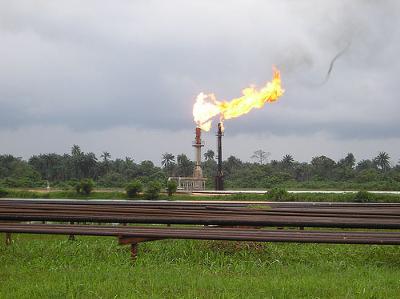Air Pollution Modelling
by Luka
(Podgorica, former Yugoslavia)
First, I would like to intruduce myself. I am a young (26) chemical technology engineer, very interested in air pollution modelling. The reason for contacting you is the following. I am at PhD studies at the faculty of Technology and Metalurgy in Belgrade (Environmental engineering). I passed all my exams, so I should start to research about my thesis.
Because I live in Podgorica (Montenegro-former Republic of Yugoslavia), where obsolete Aluminium industry is a great polluter (especially with fluorides), my idea is to develope or apply (with some modifications if appropriate) a mathematical model for atmospheric dispersion of hydrogen fluoride (as well as particulate fluorides) from aluminium reduction electrolitic cells (line sources). Furthermore, I am working in the Center for ecotoxicological researches of Montenegro, which is very interested in developing or applying an appropriate model.
I have made numerous searches via Google to find out more about fate of hydrogen fluoride in the atmosphere, but there are very few information. My idea is to incorporate HF atmospheric kinetics into some of comercially available dispersion models, but I lack information about HF atmospheric chemistry. All I know is that HF is readilly disolved in clouds and rain.
I would very very appreciate if you could provide me with any information regarding HF fate and atmospheric fate/reactions/kinetics, if there is some chemical reaction that is needed to incorporate in the model. I would also appreciate your help or any advice concerning my idea of atmospheric dispersion for PhD or any air pollution related issue.
My best regards.
Yours sincerely,
Luka Z.
Barry's Response - Luka:
A lot of US government models, manuals, and support documentation might be HF-compatible.
https://www.epa.gov/scram
I've only used a few models and never dealt with fluoride. Does it decay, for example? You might also find the AP-42 for quantifying emissions helpful on the EPA's site.
https://www.epa.gov/air-emissions-factors-and-quantification/ap-42-compilation-air-emission-factors
I have used it for estimating more familiar things like NOx and SO2
Your research may be original, for all I know, since you're entering a unique area. I wish you luck. Let me know if this helps.
Luka's Response - Dear Barry,
You helped me a lot with this and I am very grateful to you. I am just a beginer in the field of atmospheric dispersion, and my profile is not moteorologist. I can see now that a wide variety of models can be downloaded for free via internet.
I found that HF is quite stable in the atmosphere (there are no reactions for low concentrations like in my case) and that primary routes for its removal are dry and wet deposition. Therefore, I suppose it could be treated like buoyant passive tracer. HF can be also easily incorporated (it is higly soluble in water so its half life is qiute short) into clouds, rain, fog and snow and cause acid rain.
Since I am working in Ecotoxicology Research Center of Montenegro, we have automatic air quality mobile station, capable of monitoring SO2, NOx, O3, CO, BTX, CH4, total CxHy, dust and meteorological parameters (wind speed and direction, atmospheric pressure and temperature, relative humidity). Maybe I should change my focus from HF to some of easily and more commonly measured parameters, like those above.
Thanks again and best regards!
Luka
Barry's Response - Luka, this should be an interesting study on air pollution. I'm rooting for you.
Search this site for more information now.
Comments for Air Pollution Modelling
|
||
|
||
|
||
|
||
|
Click here to add your own comments Join in and write your own page! It's easy to do. How? Simply click here to return to Hi-Tech Idea. |
Do you have concerns about air pollution in your area??
Perhaps modelling air pollution will provide the answers to your question.
That is what I do on a full-time basis. Find out if it is necessary for your project.
Have your Say...
on the StuffintheAir facebook page
Other topics listed in these guides:
The Stuff-in-the-Air Site Map
And,
Thank you to my research and writing assistants, ChatGPT and WordTune, as well as Wombo and others for the images.
OpenAI's large-scale language generation model (and others provided by Google and Meta), helped generate this text. As soon as draft language is generated, the author reviews, edits, and revises it to their own liking and is responsible for the content.



